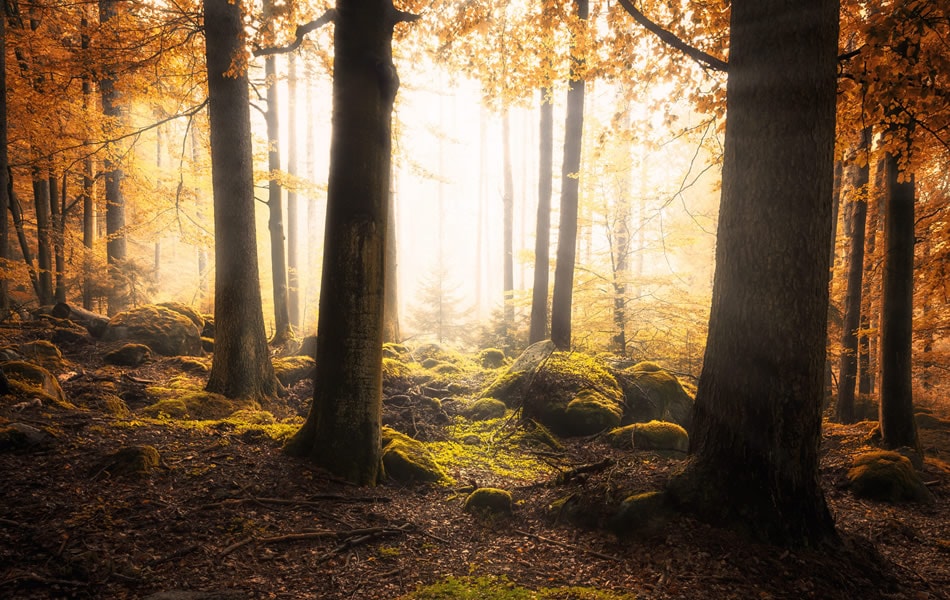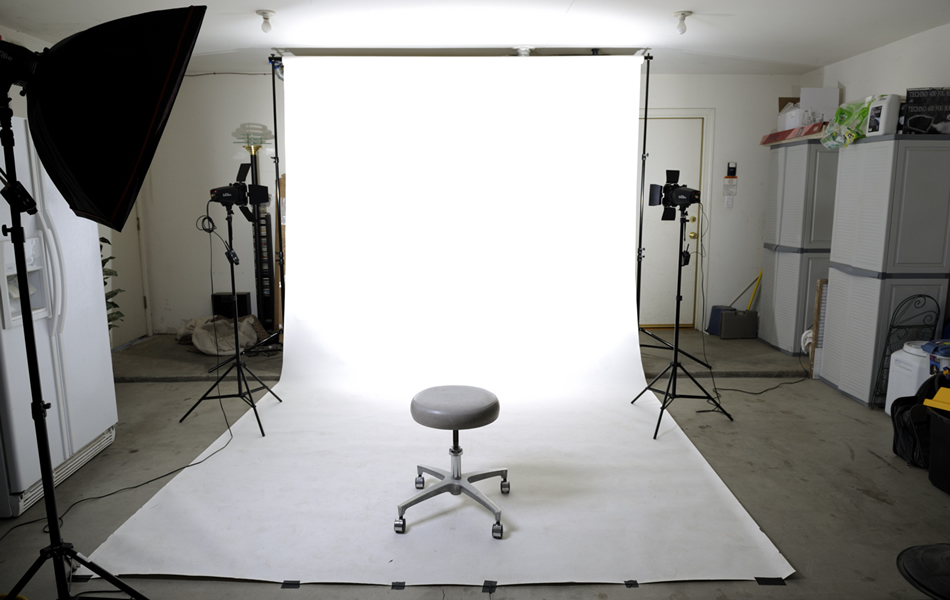So What's Really Better: Artificial or Natural Light?
Since the dawn of modern photography, there perhaps has been no more hotly contested question than this one. What’s better: artificial or natural light? We’re going to answer this once and for all in this article.
You may be surprised at the answer, but one’s really not better than the other. The situation of your shoot is what really matters in answering this question. In other words, sometimes, artificial light is better than natural light and vice versa. Personal preference pays a role as well.
The key is being able to determine which is more appropriate during what situation and the benefits and drawbacks of each. That’s really what will improve your photography skills, and that’s what we’re going to take a look at in today’s article.

image by Jeremy
What Are Artificial and Natural Light?
Every once in a while, a quick revisiting of the basics is in order, especially if we’re comparing two types of light. Artificial light is basically anything that excludes natural light. That refers to things like electric lighting, flash and fluorescent lights, just to name a few. Natural light is extremely straightforward: it’s daylight.
Artificial light generally creates various types of color heat signatures. For instance, halogen is blue and colder while tungsten, being hotter, gives off a reddish hue. Of course, the biggest aspect of artificial light is that you can control it inside of your studio. You can control its angle, intensity, distance and hardness.
Natural light is much harder to control and is affected by numerous factors, to boot. Some factors that impact natural light in photography are the weather, the time of day, water vapors, the location, and even the pollution in the air! This is definitely a more challenging type of light for your shots.
When to Use Which
In spite of the fact that artificial light is easier to control than natural light, that doesn’t automatically mean that photographers can work with it straightaway, as they can with natural light. That’s because there are specific shooting situations where artificial light is preferred, but they may not be available to every photographer all the time. You’ll work with artificial light in commercial, product photography and fashion photography.
The thing about working with artificial light is that it usually costs extra. So if there’s the budget for a commercial, product or fashion shoot, then you’ll be working with it.
On the other hand, natural light is free, simply put, which makes it much more available as a light source with which to work. It’s perfect for when you don’t have the time – or want to take the time – to set up an involved shoot. That means everything from walking photo tours to simply snapping away when inspiration strikes are fair game for using natural light. Natural light is typically utilized in things like documentary shots, street photography, landscapes, and any outdoor images.
Advantages of Artificial and Natural Light

image by Olli Henze
As we said, both types of light have pros and cons. Those of us who are control freaks when it comes to post-processing and controlling every aspect of a photograph will get gratification from using artificial light.
Artificial light is constantly available throughout the day and night, thus allowing you to skip planning your shoot around factors like the time of day and the weather. Based on the specific type of artificial light you select, you can even mimic sunlight or moonlight in your shots, giving the impression that you worked with natural light… when you really didn’t.
Artificial light sources needn’t be complicated, either. In fact, there are cheaper options available in addition to the more expensive, professional strobe lights. While some artificial lights can be a bit difficult to set up, a lot more are quite easy to use.
Natural light, in contrast, is free-of-charge and, for the most part, abundant. You’ll be able to shoot very cheaply because you won’t have to invest a lot in equipment to still be able to pull off amazing shots boosted by the power of natural light. Not to make this sound overly simple, but in essence, all you really require is a camera and sunlight or moonlight – and you’re off!
Those of us who want to up their natural-light game can do so, but not for a big investment, which is another pro. Reflectors and diffusers help to bounce natural light off, and they don’t cost much.
It’s always advisable that beginner photographer start experimenting with natural light in their shoots, to better help them understand how light works before moving on to more challenging artificial light.
Disadvantages of Artificial and Natural Light

image by Alan Antiporda
Right off the bat, using artificial light comes with more burdens than natural light. You’ll make a bigger investment in terms of money, time and planning from the very start. Professional lighting sources usually need to also be held in place stands and the like. If you want to get more ambitious, you’ll probably use more than one source of artificial light, increasing your costs. Finally, you’ll need a studio to do all this light manipulation, which is a big commitment all on its own.
Natural light has cons, too. The biggest dilemma with natural light is how sunlight varies markedly on the season, location, time of day and weather. This results in sometimes unexpected contrasts and colors in your shots. So before snapping away with natural light, beware! There should be a specific look that you’re going for in your images, and this should determine when and where you take shots.
Different Light for Different Occasions
As you can see, it’s not so much which is better between artificial light and natural light – it’s which of the two is better for specific occasions. It’s also about preferences that you may have at any given time.
It’s about whether you want to be saddled with the extra costs associated with using artificial light. On the contrary, do you want to instead be limited by the specific time of day you’ll be able to use sunlight? If so, at least you’ll be able to save a good amount of money because you won’t need a studio and strobe lights.
At the end of the day, play around with natural light first. Then, work your way toward artificial light to understand how to use both types of light.
